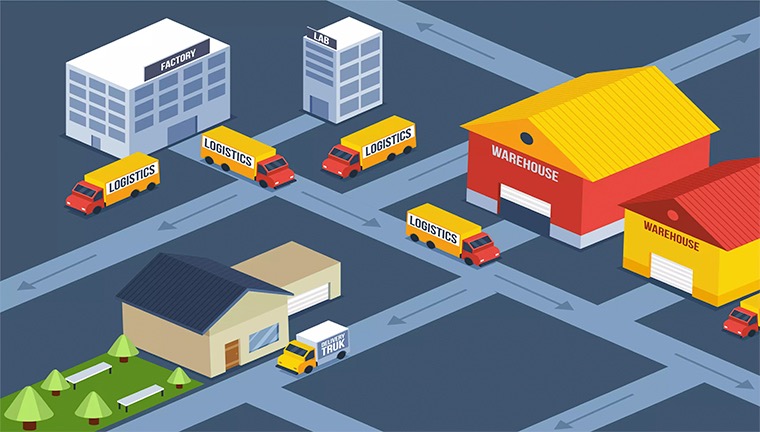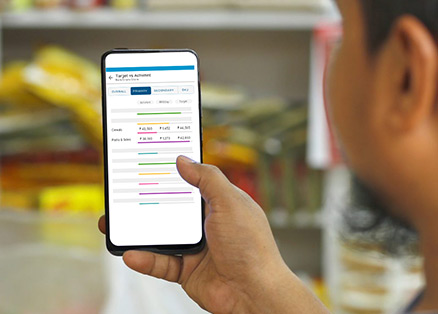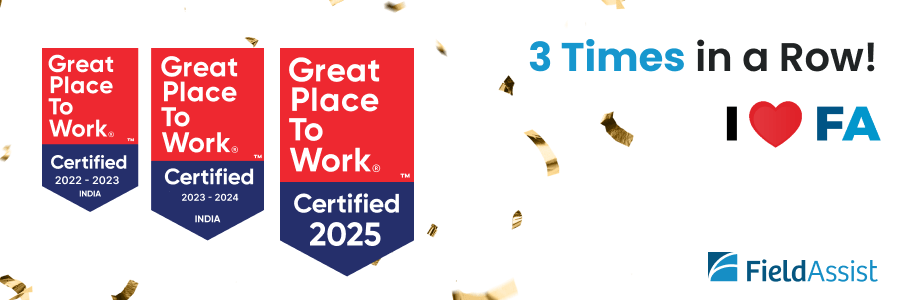The organized retail sector of India has emerged as a distinct sector in the past couple of decades. In fact, the rural population of India is fast developing as a major consumer of FMCG products. As retail companies get more involved in the front end of the value chain, the role of secondary sales or distributors is steadily shifting from selling goods in a specific territory to being financial investors. Owing to a deeper understanding of the local market and demography, FMCG companies have relied on the distributor network. Also, large distributors are equipped to handle the business uncertainties such as lending out to retailers, environment management, and demand management. This is another reason for depending on local networks.
However, growing competition and technological advancements in the FMCG business has led to sustainability challenges for the SMEs. Established brand images of leading brands and the increasingly sophisticated urban demands also add up to the non-marketability issue faced by these SMEs. However, with the growing economy, substantial opportunities have emerged for FMCG brands in the rural sector.
According to NCAER (National Council for Applied Economic Research) study, the rural sector is growing at a CAGR of 3-4%. There’s a rising demand for products such as soaps, talcum powder, oil, tea, cigarettes, and hair oil, whose rural market shares crosses 50%. The fact that the capital expenditure by rural consumers is 63,500 crores against 49,500 crores by urban consumers is indicative of the growth rate and participation of the rural population.
Table of Contents
ToggleDistribution challenges in the rural sector:
Despite growing opportunities for FMCG, there are major roadblocks that must be focused by the SMEs to build sustainable businesses. Having said that, FMCG companies also face several challenges that result in demand-supply gaps, increased distribution costs and wastage.
Fragmented Distribution Channels:
The local distribution structure is fragmented in nature that raises the supply chain costs owing to redundant intermediaries affecting the distribution cycle. This is eliminated by establishing a strong network of distributors. They, in turn, appoint stockists and sub-stockists in order to cater to the locality-specific demands.
Heavy transaction costs:
Due to ineffective communication technology, FMCG businesses face severe challenges. Issues such as demand forecasting leading to multiple handling and wasteful interventions across distribution channels. Gradually companies are investing in technology based on real-time communication techniques.
Wavering Purchasing Capacity:
The rural buying behavior has seldom followed a uniform trend owing to the economic, psychological and social reasons. There’s no purchasing power parity across the rural belt which limits a company’s capacity to segment, position, and target products. This makes it difficult for companies to formulate effective pricing strategies. Nevertheless, retail players adopt alternative approaches to experiment and learn best practices.
Although these challenges concern the future of FMCG in the rural belt, businesses are evaluating alternate mechanisms to streamline operations. They are weighing roadblocks and establishing a mechanism that simplifies distribution management to reduce costs and improve efficiency in rural spaces.
About Post Author
Rashmi Kapse
Rashmi is a Content Specialist at FieldAssist. After spending 11 years in the Executive Search business she decided to change tracks and follow her passion for writing. For the past 8 years, she has been writing on Sales Tech, HR Tech, FMCG, Consumer Goods, F&B and Health & Wellness.
















